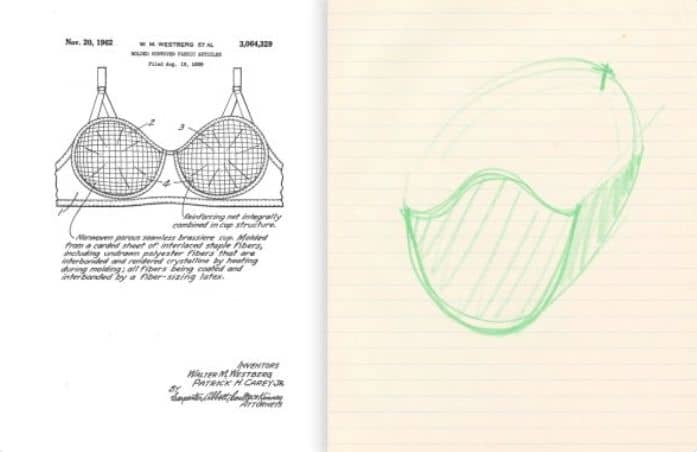Due to COVID-19 today N95 masks are very common in the lives of everyone around the world. You may know that the number 95 that appears on them is because they are capable of blocking up to 95% of the particles in the air. But do you know what they have in common with bras? Sara Little Turnbull, the woman who invented them.
Sara Little Turnbull’s name resonates in the world of design in every corner of the globe. This American born in New York in 1917 had a special ability to design and invent objects with aesthetic and functional value, to improve people’s daily lives. She believed that design could only be successful if its ultimate owner found it useful. This is how at the beginning of the 1960s she invented the N95 masks, inspired by bras.
In 1958, she was hired to work in the wrapping and fabrics division by 3M (Minnesota Mining and Manufacturing Company), a renowned American multinational dedicated to researching, developing, manufacturing and marketing diversified technologies, offering products and services in various areas. Sara Little used non-woven fabrics to initially design a more comfortable and modern bra, but certain personal circumstances made her change direction and even design the much-appreciated mask today.

Who was Sara Little Turnbull?
Sara Little was one of America’s first industrial designers and one of the first women to succeed in the male-dominated post-World War II design industry. She was also an educator and a self-taught cultural anthropologist.
For more than six decades, she advised hundreds of corporations on product design. Today it is known as “the secret weapon of corporate America,” according to the biography that is read on the Sara Little Turnbull Center for Design Institute website.
She developed famous ergonomic pot handle designs after observing cheetahs in the wild hunting their prey at high speed. She also created CorningWare, the first thermal shock resistant glass-ceramic container.
She founded and directed Process of Change: Innovation and Design Laboratory, a design and archive studio integrated into the Stanford School of Business in California. At Stanford, Sara Little “engaged students in tracking trends and challenged interdisciplinary teams to address real-world challenges through design.” She encouraged students to embrace curiosity and explore the “why” before designing the “how.”